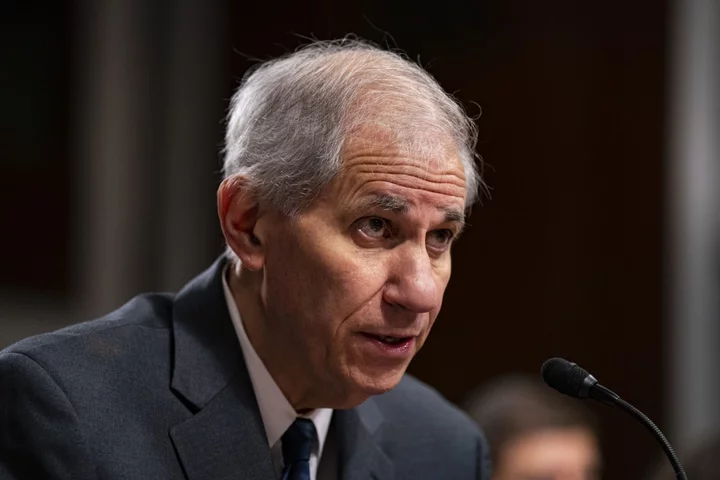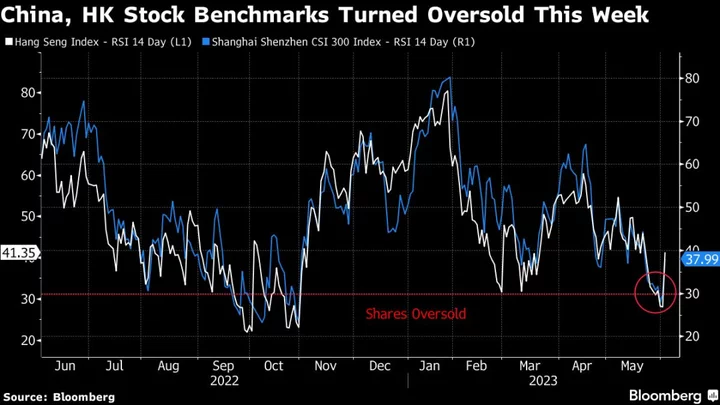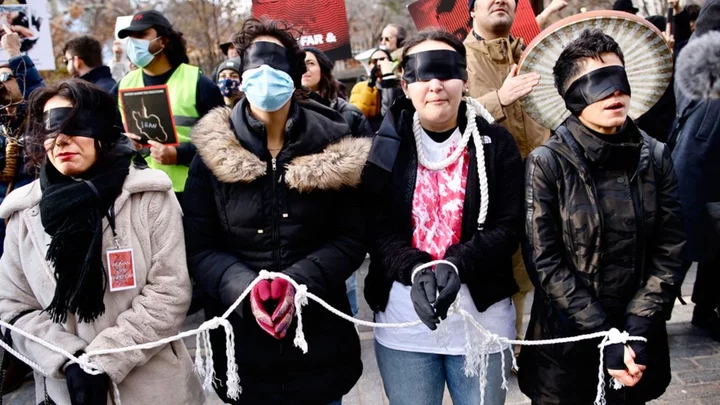US consumer borrowing slowed to a more than two-year low in May, reflecting the first decline in non-revolving credit since the onset of the pandemic.
Total credit rose $7.2 billion, the smallest advance since November 2020, Federal Reserve data showed Monday. The figure, which isn’t adjusted for inflation, was lower than all forecasts in a Bloomberg survey of economists.
Non-revolving credit, such as loans for school tuition and vehicle purchases, decreased $1.3 billion, the first decline since April 2020.
Five-year lending rates for new-vehicle purchases reached 7.81% in May, the highest since 2006, the Fed data showed. Auto sales cooled during the month, according to industry figures.
Read More: Car Debt Piling Up With More Buyers $10,000 Underwater on Loans
Revolving credit outstanding, which includes credit cards, rose $8.5 billion — representing a slowdown after sharp gains in the previous two months. Credit cards issued by commercial banks carried a 20.68% rate in May, a record in Fed data back to 1972.
While low unemployment and steady wage gains have provided many consumers the wherewithal to keep spending, persistently high prices have led others to dig into savings or rely on credit cards to keep up. Adjusted for inflation, consumer spending has largely stalled after surging at the start of the year. Delinquency rates, meanwhile, are ticking up.
Looking ahead, the finances of households with student debt are poised to be strained further. More than 40 million Americans will resume student-loan payments this fall after a three-year pause.
(Adds graphic)









